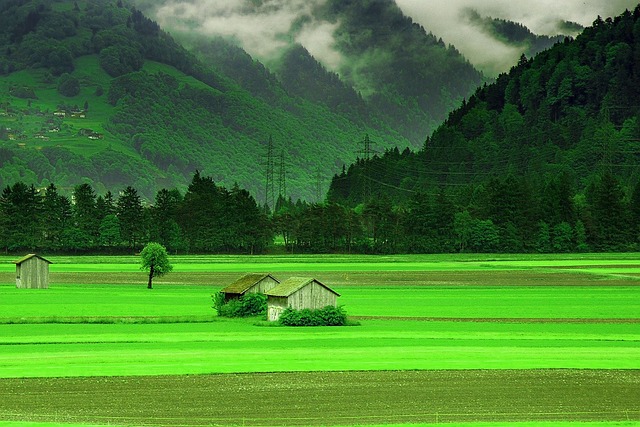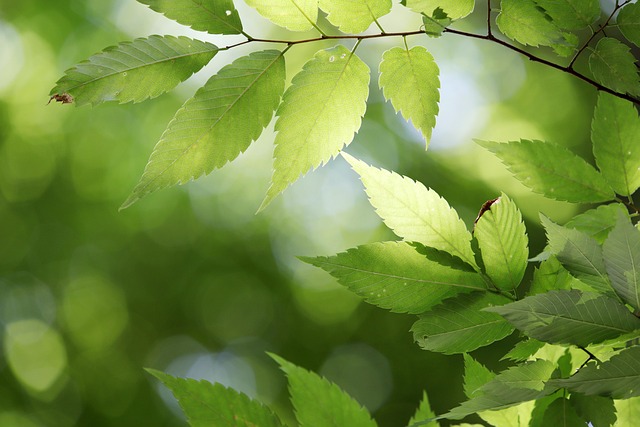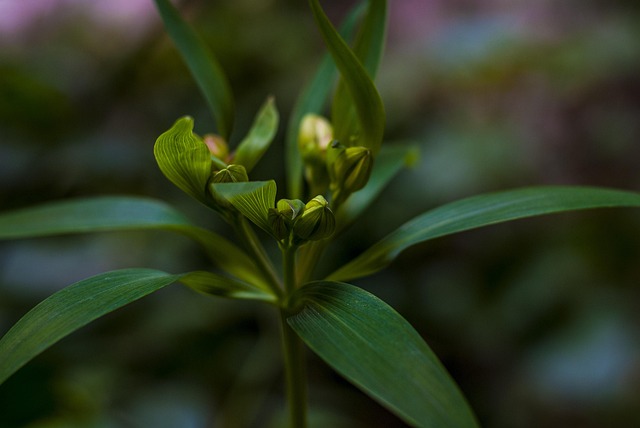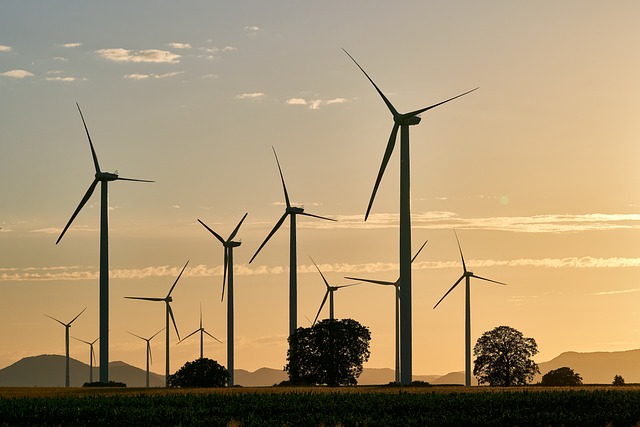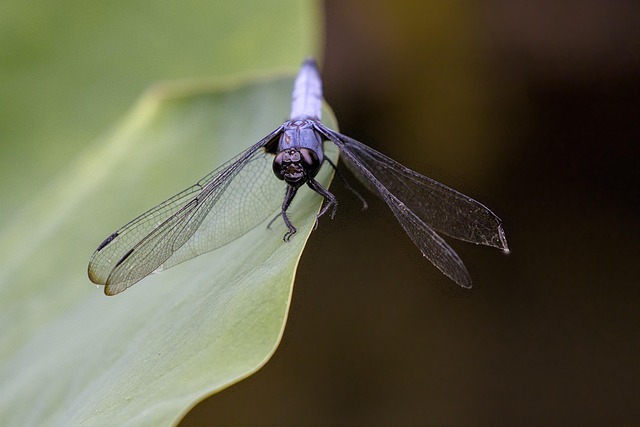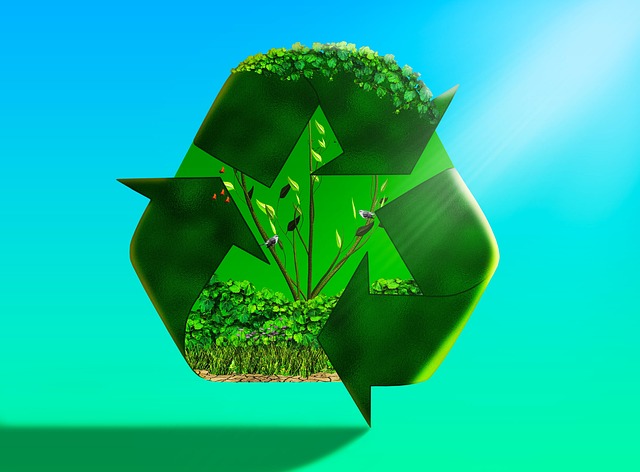Incorporating biodiversity into real estate development is a strategic approach that balances environmental stewardship with economic viability. By preserving habitats, promoting native plant species, and integrating green spaces, developers can enhance ecosystem resilience, improve air quality, mitigate climate change, and increase property value. This trend caters to the growing demand for nature-integrated developments, appealing to environmentally conscious buyers and tenants while fostering a harmonious coexistence between human settlements and the natural world.
In the realm of real estate, biodiversity and habitat conservation are no longer mere niceties but essential considerations. Understanding the intricate interplay between biodiversity and ecosystem health can revolutionize property development. This article explores strategies to integrate habitat conservation into real estate practices, highlighting the profound impact on both environmental sustainability and community well-being. From recognizing the value of green spaces to implementing eco-friendly design principles, these insights aim to foster a harmonious relationship between human settlements and the natural world.
Understanding Biodiversity and its Impact on Real Estate

Biodiversity, the variety of life in all its forms, is a critical component of healthy ecosystems and has an increasingly significant impact on various industries, including real estate. Understanding and appreciating biodiversity is essential for developers, investors, and urban planners as it can shape the future of cities and landscapes. From urban green spaces to vast natural reserves, biodiversity enriches our living environments, providing ecological balance and numerous benefits.
In the context of real estate, biodiversity considerations are gaining traction. Developers are recognizing that incorporating diverse plant species, promoting wildlife habitats, and creating interconnected ecosystems within their projects can significantly enhance property value. These efforts contribute to ecosystem resilience, improve air quality, mitigate climate change impacts, and foster a sense of well-being among residents. As the demand for sustainable and nature-integrated developments grows, understanding biodiversity becomes an integral part of shaping the real estate industry’s future, ensuring harmonious coexistence between human settlements and the natural world.
Strategies to Incorporate Habitat Conservation in Property Development
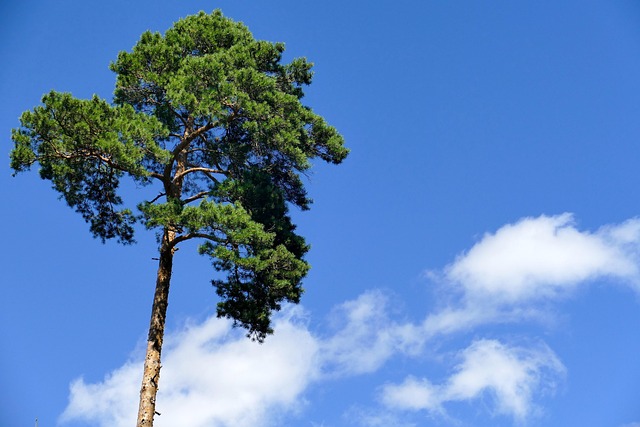
Incorporating habitat conservation into property development is a game-changer for real estate, offering both environmental and economic benefits. Developers can adopt strategies such as preserving and restoring natural habitats on-site, incorporating green infrastructure like biodiversity-friendly landscaping and water features, and promoting native plant species to create thriving ecosystems. These practices not only mitigate the loss of valuable ecosystems but also enhance the property’s appeal to environmentally conscious buyers and tenants.
Additionally, partnerships with local conservation organizations and implementing long-term habitat monitoring programs can ensure the sustainability of these efforts. By integrating these strategies from the outset, real estate projects can contribute to biodiversity preservation while creating unique, resilient, and desirable spaces that stand out in a competitive market.
The Role of Green Spaces in Enhancing Biodiversity and Community Well-being

In urban areas, green spaces play a vital role in enhancing biodiversity and community well-being. These natural oases within densely populated cities provide habitats for various plant and animal species, contributing to ecological balance. Real estate developers and urban planners recognize the significance of incorporating green spaces into their projects, as they offer more than just aesthetic appeal. By creating parks, gardens, and green corridors, communities can foster a diverse range of wildlife, improve air quality, and mitigate the urban heat island effect. The presence of these spaces also has positive social implications, encouraging residents to engage in outdoor activities, promoting physical and mental health, and fostering a sense of community.
Moreover, green spaces serve as valuable tools for biodiversity conservation in urban settings. They provide safe havens for pollinators, birds, and small mammals, helping to sustain local ecosystems. As cities continue to expand, these natural areas become even more crucial in preserving the region’s ecological integrity. Real estate professionals have a unique opportunity to drive positive change by integrating sustainable design practices and promoting green spaces in residential, commercial, and mixed-use developments. This approach not only benefits the environment but also enhances the overall value and appeal of properties, meeting the growing demand for eco-friendly and community-oriented living.

